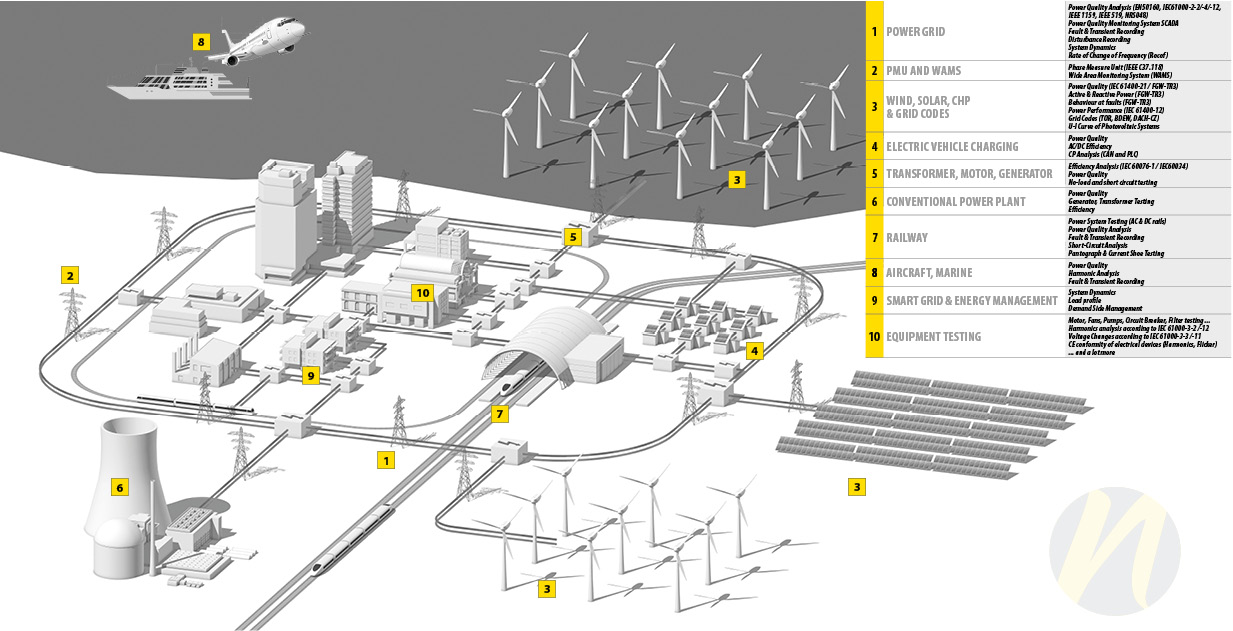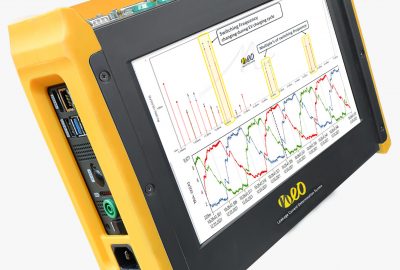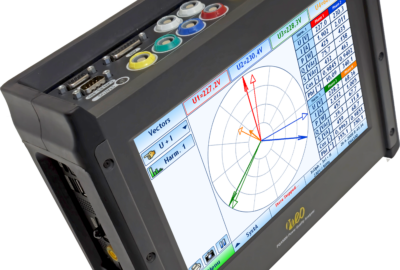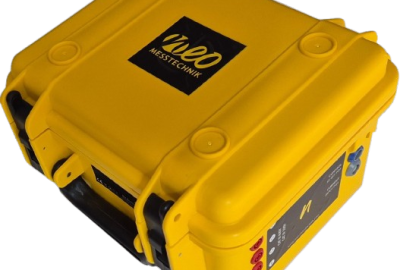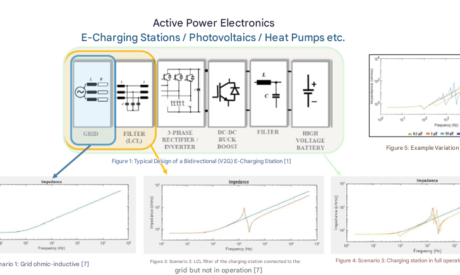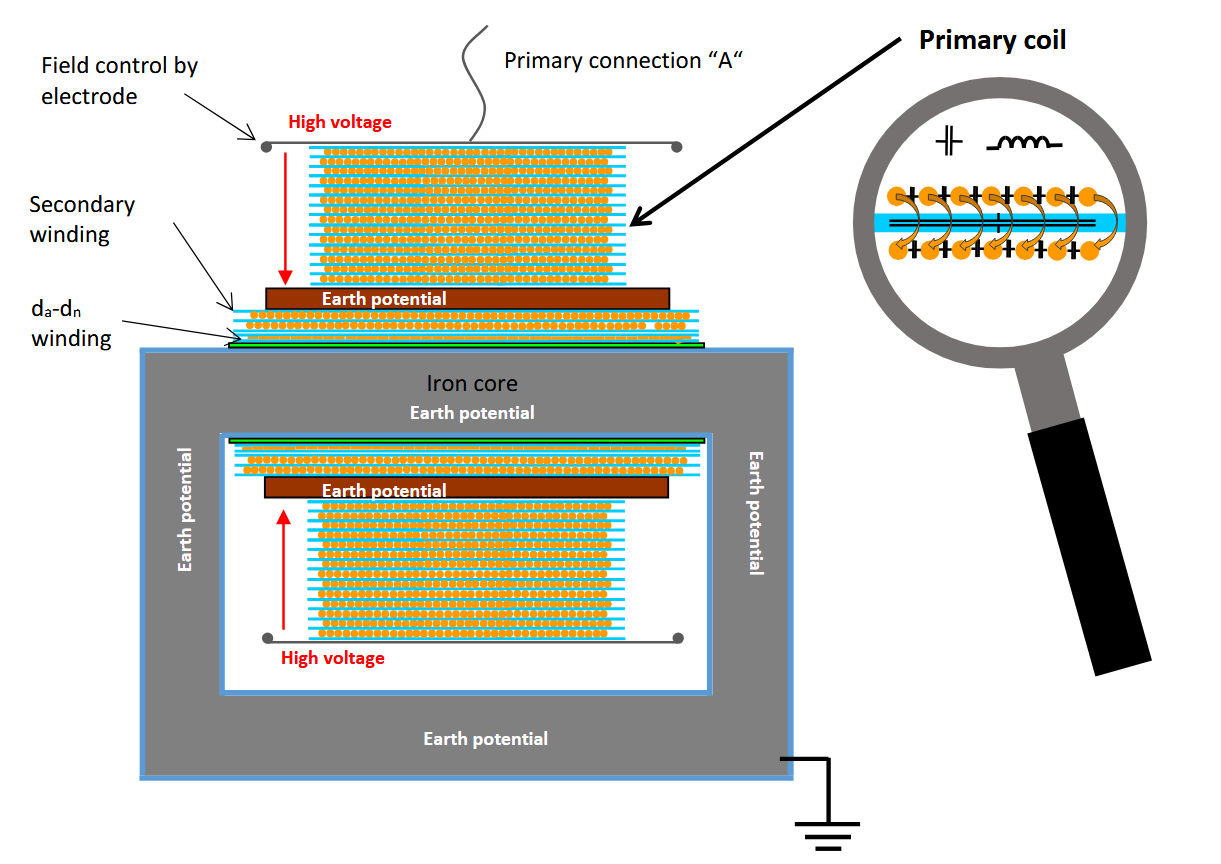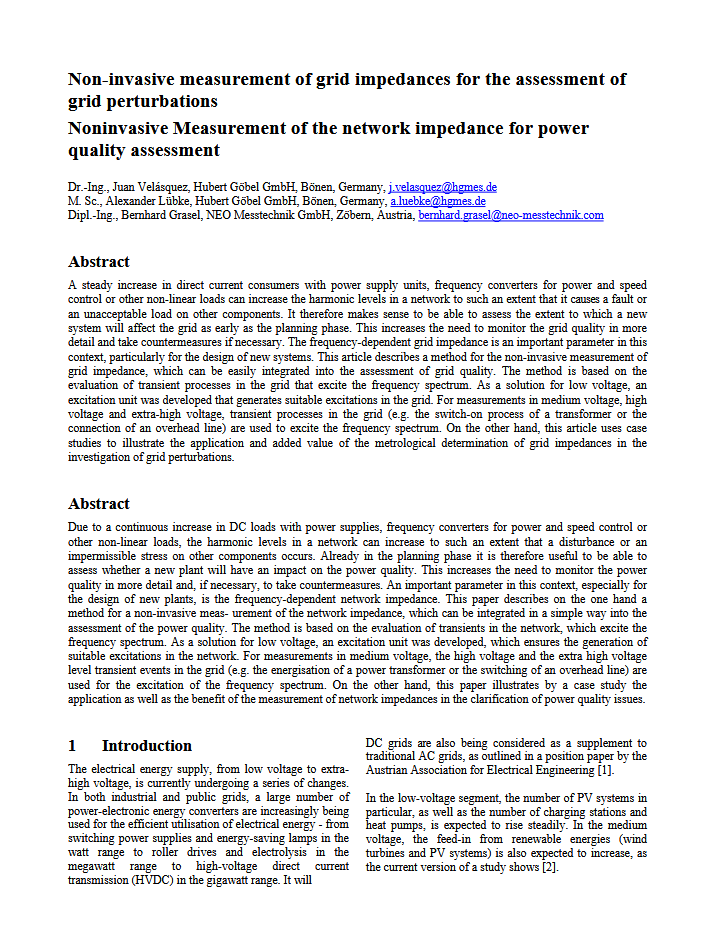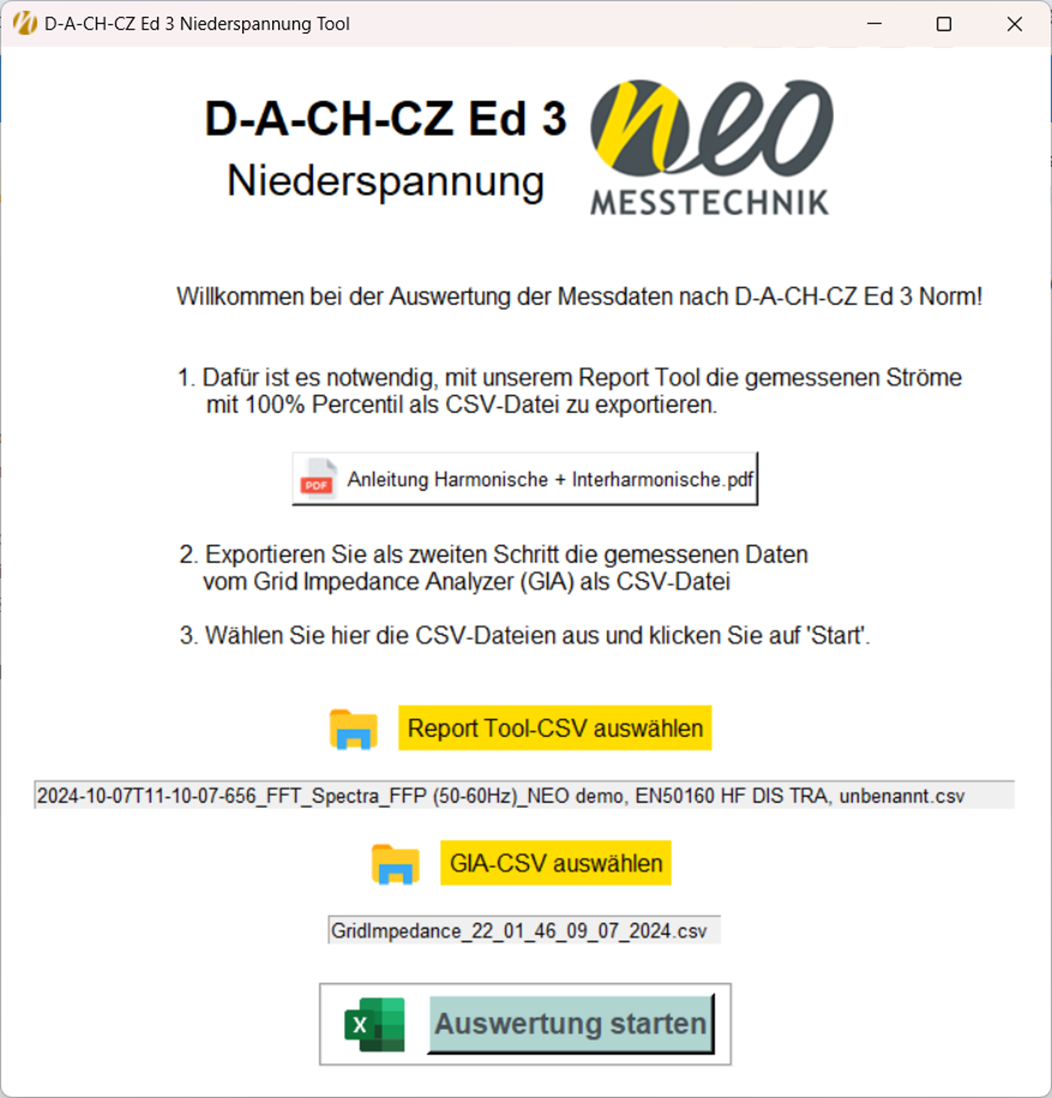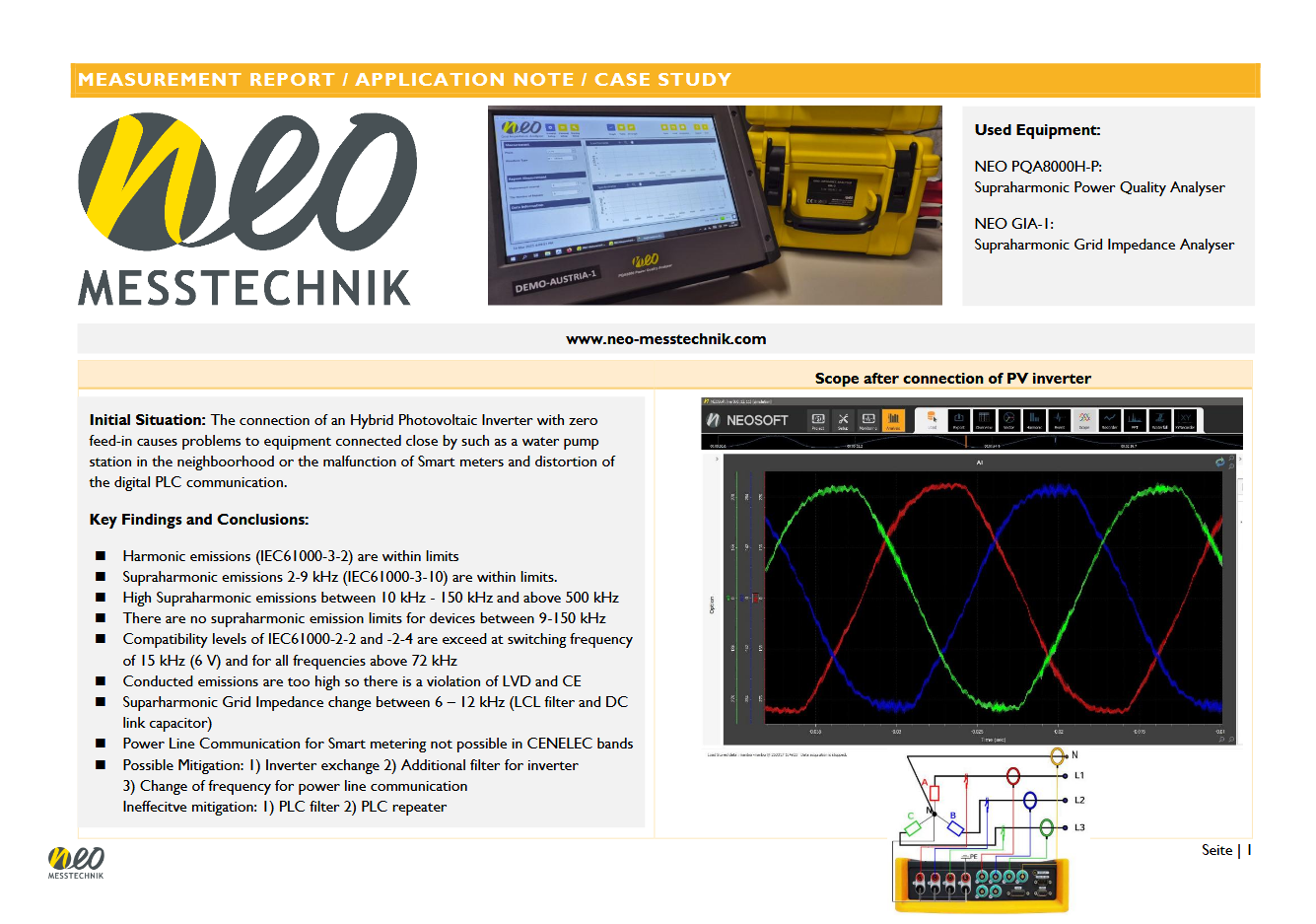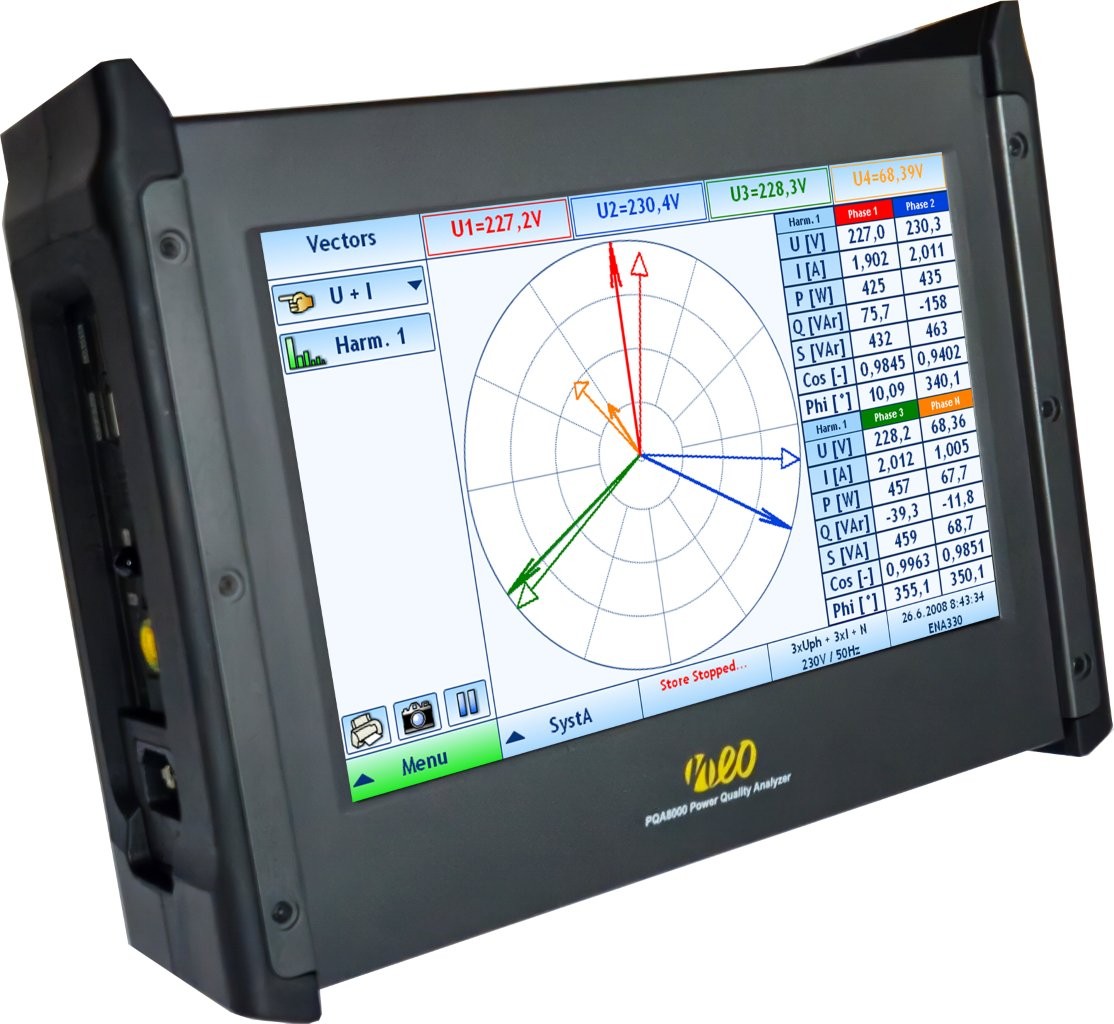Power quality analysis stopping at the 50th harmonic misses the frequency range where 80% of future electrical loads will operate. Modern power electronics generate emissions from 2 kHz to 500 kHz that cause equipment malfunctions, communication failures, and EMC violations.
Engineering teams need measurement tools that address the full spectrum of power quality issues in modern electrical systems. Traditional analyzers cannot capture supraharmonic phenomena like frequency beating, intermodulation effects, or sub-cycle impedance variations that affect system performance.


